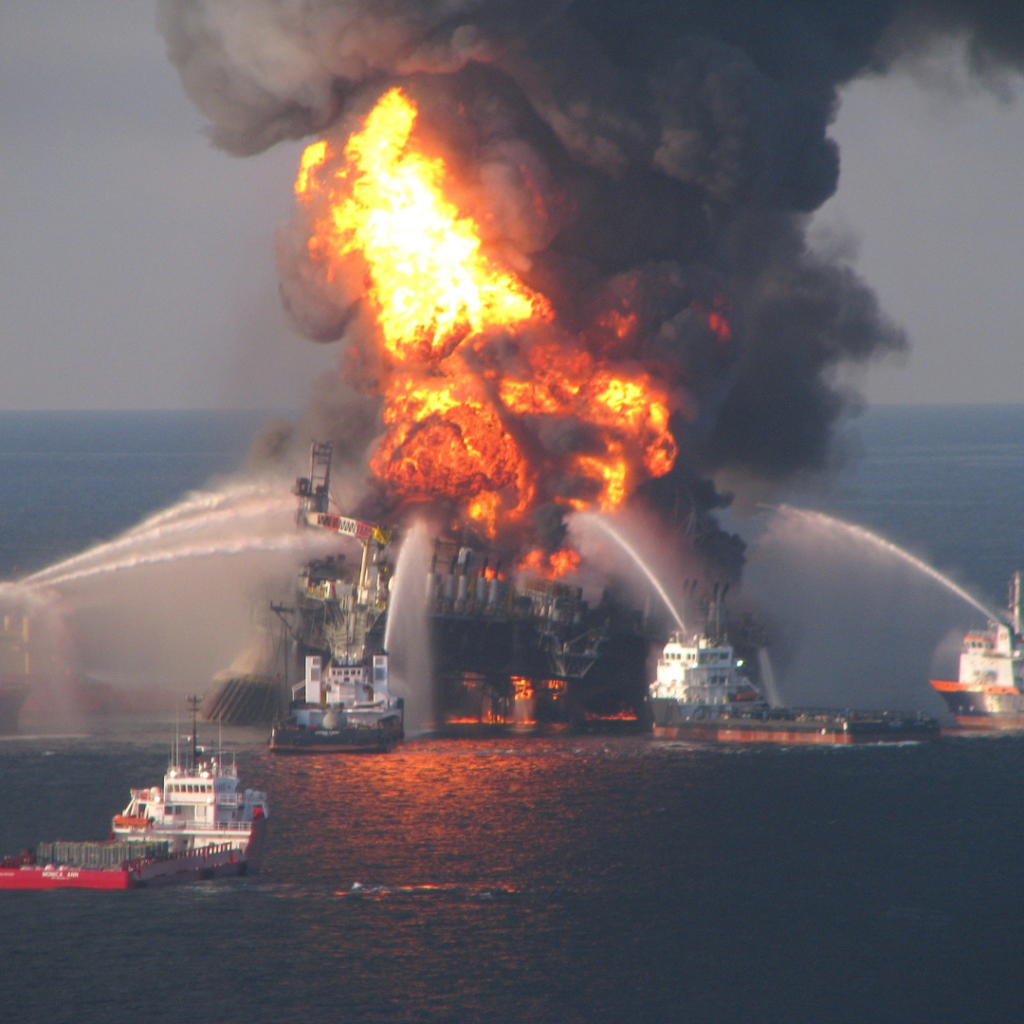

Fire Onboard a Passenger Cruise Ship: Case Study 01
By: Rogelio Arcega Jr. M.M.
What Happened:
The fire quickly spread, causing panic among passengers and crew members. Despite the efforts of the crew to contain the fire, it eventually engulfed a significant portion of the ship, leading to the evacuation of all passengers and crew members. Several passengers suffered injuries, and the ship sustained extensive damage, resulting in significant financial losses for the cruise company.
Consequence:
A fire broke out onboard a passenger cruise ship while sailing in the open sea.
Immediate Cause: (Trigger)
The immediate cause of the fire was identified as an electrical malfunction in the ship’s engine room. The malfunction sparked a fire that rapidly spread to other areas of the ship due to the presence of flammable materials and inadequate fire suppression systems.
Underlying Cause: (Failures both operational and management)
The underlying cause of the fire was determined to be a lack of proper maintenance and inspection of the ship’s electrical systems. The cruise company had failed to conduct regular checks and repairs on the electrical components, leading to the malfunction that triggered the fire.
Additionally, the crew members were not adequately trained in the fire safety procedures, which hindered their ability to effectively respond to the emergency.
Root Cause: (Fundamental reason why failures from both operational and management occurred)
The root cause of the fire onboard the passenger cruise ship was identified as a systemic failure in the cruise ship company’s safety management practices. The company had not established a comprehensive safety management system that prioritized regular maintenance, crew training, and emergency preparedness. This lack of a safety culture and proactive approach to risk management ultimately led to the catastrophic fire incident.
Lessons learned:
- Regular maintenance and inspection of electrical systems are crucial to prevent malfunctions and fires onboard ships.
- Crew members should receive adequate training in the fire safety procedures and emergency response protocols to effectively handle onboard emergencies.
- Establishing a robust safety management system that emphasizes proactive risk management and continuous improvement is essential to prevent incidents and ensure the safety of passengers and crew members.
Conclusion:
The fire onboard the passenger cruise ship serves as a stark reminder of the importance of prioritizing safety and implementing comprehensive safety management practices in the maritime industry. By addressing the root causes of incidents and taking proactive measures to mitigate risks, ship operators can enhance the safety and security of their vessels and prevent catastrophic incidents from occuring.
– RAJ
Make your life worthwhile, and to the world before you. BE RELEVANT!
Quick Links
©2023. All Rights Reserved
